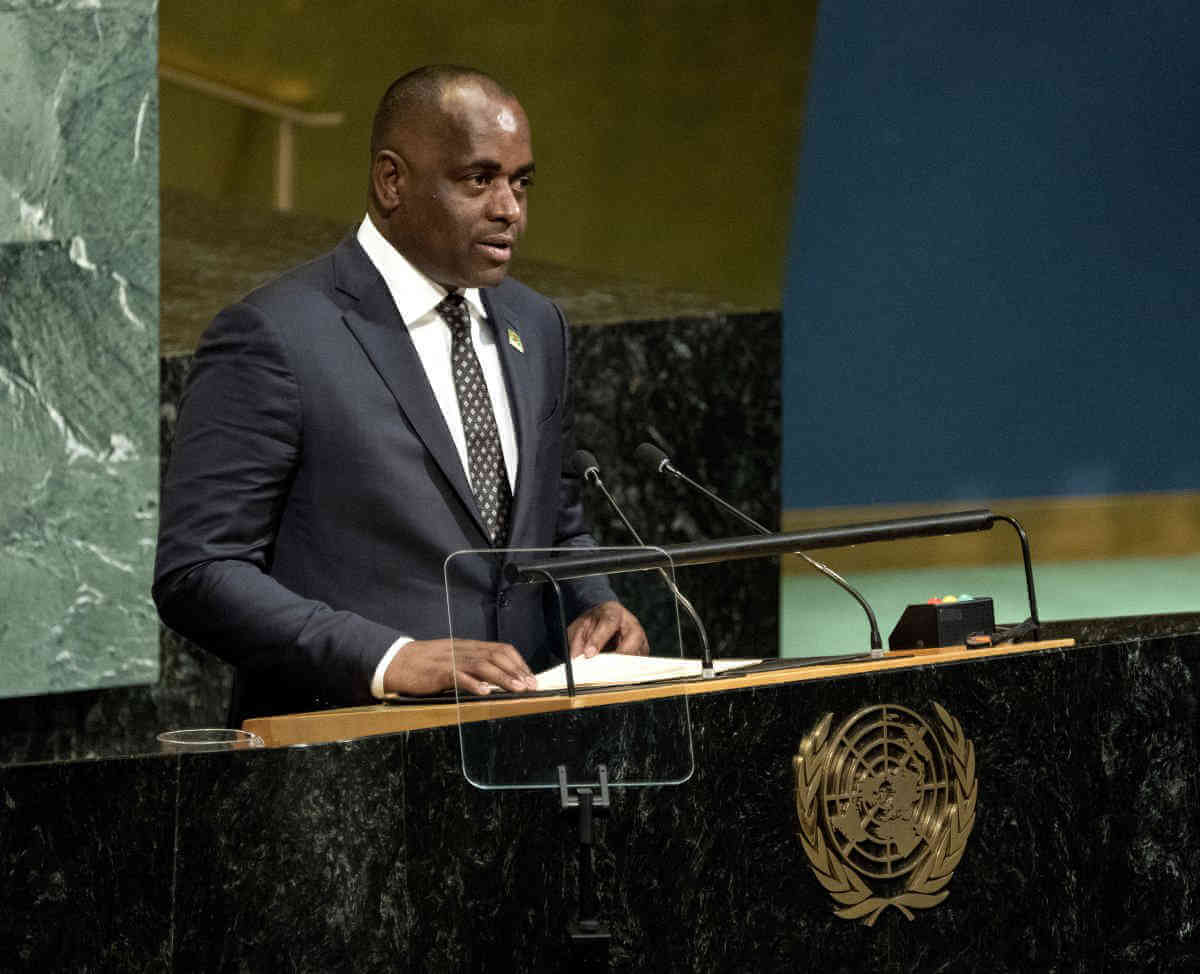More than a week into the 2018 hurricane season, Caribbean governments and the regional lifeline travel sector are scrambling to both recover from last year’s devastating storms and to brace for a year that experts are already predicting will be above average.
But even as authorities step up planning and preparations for 2018, a recent review of the damage from hurricanes Irma and Maria makes for not so happy reading.
Dominica where more than 90 percent of its infrastructure was devastated says that while many roads have been cleared and 90 percent of subscribers now have mobile phone service, available hotel rooms number only 393 compared to nearly 1,000 before Hurricane Maria had spent several hours over the Eastern Caribbean island last fall causing havoc. More than 30 people were killed and dozens of others remain on the missing list.
Prime Minister Roosevelt Skerrit who has been pushing for rebuilding of hurricane resilient systems says he is, however, encouraged by the fact that international cruise ships have resumed service to the island even as authorities pray that it would be spared this time around.
He said that significant progress had been made restoring services to its nearly 80,000 citizens locals should take heart from the fact that “in Miami, there are still many homes with tarpaulins. They are still sending the army corps of engineers to put on new tarps.” He made these comments on a recent radio program, complaining that dredging of rivers would have to be completed before the 2018 season peaks or rivers would overflow their banks again.
In nearby French St. Martin, which had 1,500 hotel rooms for tourists, only 350 are usable now and authorities hope that 600 more would be fully repaired and be ready by yearend. The island was hit by Hurricane Irma last summer. About 70 percent of the restaurants are also back in service.
Tourism chief Valerie DaMaseau said experts are preparing storm shelters and stockpiling relief supplies on the island it shares with Dutch St. Maarten which is smack in the middle of the hurricane belt.
Across the open border in St. Maarten, officials there say demolition of the banged up main airport terminal has started. Rebuilding of a new edifice is scheduled for early next year, but carriers are still flying there. Cruise ships have resumed stopovers.
In Barbuda, which was completed pulverized by Hurricane Irma, life is slowly returning to normal. About 1,000 or about 60 percent of Barbudans have returned to the sister isle with Antigua and about 2000 homes have been repaired.
Some of the lagoons are back in service, said tourism chief Colin James, encouraged by the regrowth of vegetation and the natural state of beaches.
Caribbean governments say the two mega storms cost the tourism-dependent region more than $5 billion. A United Nations pledging conference specially organized to help battered islands, raised about $1.3 billion in aid and another $1billion in soft loans. Several other nations including Cuba were lashed in 2017 by what officials said were the strongest Atlantic storms ever recorded. Strength measurements peaked at over 200 miles per hour.
Giving an early peek into the mindset of governments and emergency officials, Prime Minister Leona Romeo Marlin of St. Maarten warned islanders to be prepared for the worst and to heed warnings from experts.
“It’s been nine months later and our country is still recovering from the devastation that was caused. Together, much has been accomplished by government, the business sector and individuals but so much more is still left to be done. Every household and business organization needs to review their hurricane disaster preparedness plans today. I urge you not to wait until a hurricane is knocking at our door. Do not wait for the last moment to run to the shop to buy batteries, canned goods, diapers, etc. Do so well before the peak of the hurricane season because, it is beneficial to you and your family that you prepare early.”



























